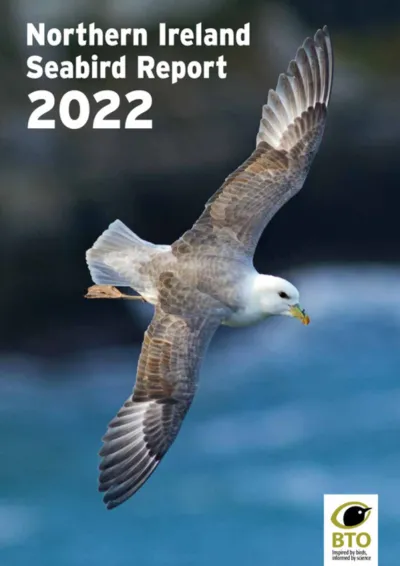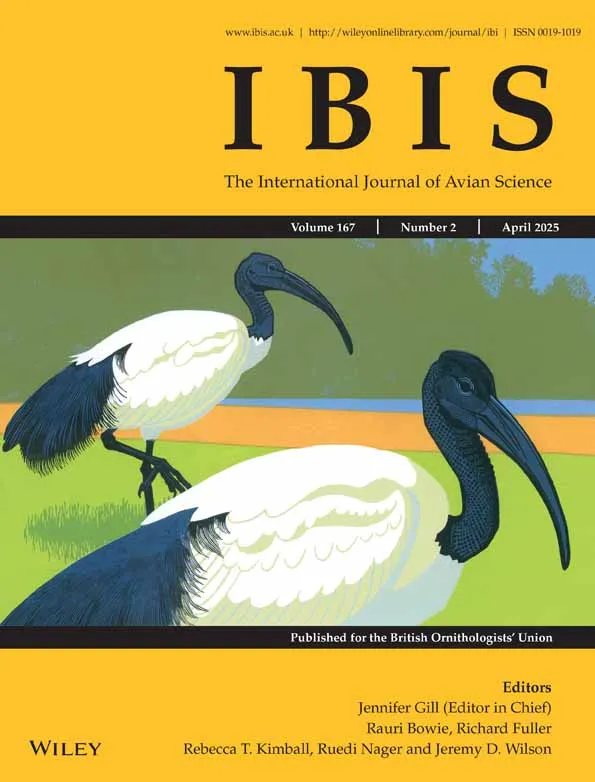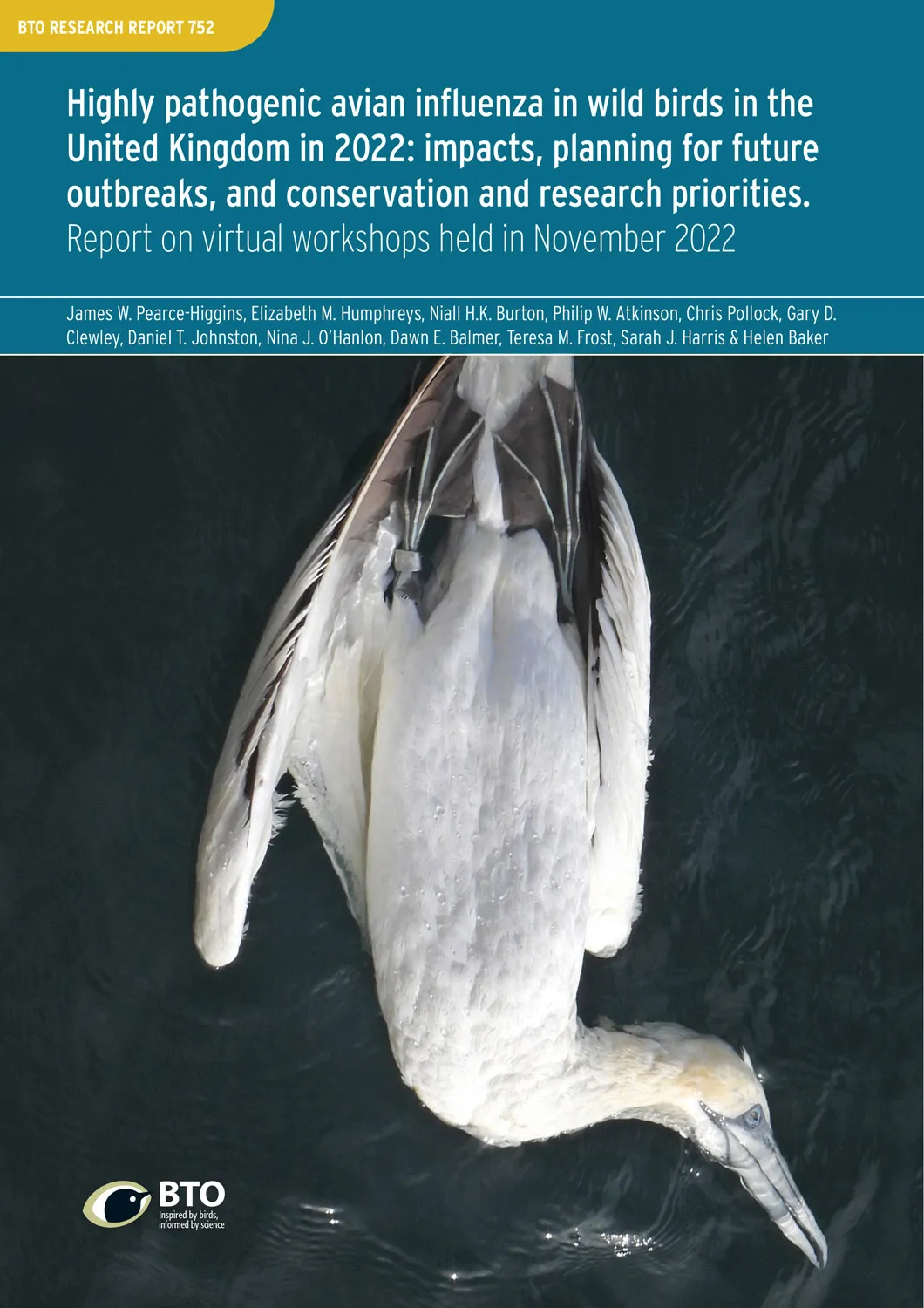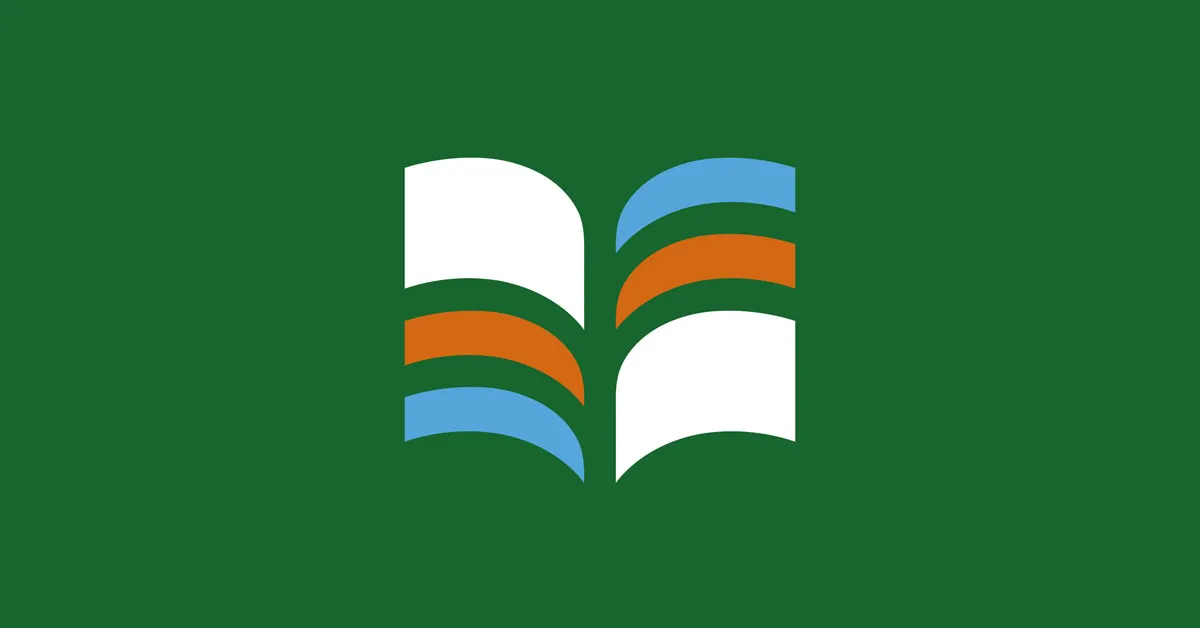BTO create and publish a variety of important articles, papers, journals and other publications, independently and with our partners, for organisations, government and the private sector. Some of our publications (books, guides and atlases) are also available to buy in our online shop.
Annual report of the Seabird Monitoring Programme
Seabird Population Trends and Causes of Change: 1986–2023
This report presents the latest seabird population trends in breeding abundance and productivity using data from the Seabird Monitoring Programme (SMP).
The report documents changes in the abundance and productivity of breeding seabird species in Britain and Ireland from 1986 to 2023, and provides a detailed account of the 2021, 2022 and 2023 breeding seasons.

Search settings
Northern Ireland Seabird Report 2022
Author: Booth Jones, K.
Published: 2023
The 10th NI Seabird Report charts the fortunes of Northern Ireland's breeding seabird species and sheds light on the initial impact of avian influenza.
15.03.23
Reports Northern Ireland Seabird Report

Aerial insect biomass, but not phenological mismatch, is associated with chick survival of an insectivorous bird
Author: Martay, B., Leech, D.I., Shortall, C.R., Bell, J.R., Thackeray, S.J., Hemming, D.L. & Pearce-Higgins, J.W
Published: 2023
Many insect-eating birds are declining but it's hard to find data that can test whether insect declines are driving these losses. Understanding the relationships between insect populations, their avian predators and the effects of a changing climate, is an important part of identifying the reasons behind changes in bird populations. This paper uses nearly 30 years of data on aerial insect abundance and Swallow numbers and breeding success to explore these relationships.
03.03.23
Papers

Highly pathogenic avian influenza in wild birds in the United Kingdom in 2022: impacts, planning for future outbreaks, and conservation and research priorities.
Author: Pearce-Higgins, J.W., Humphreys, E.M., Burton, N.H.K., Atkinson, P.W., Pollock, C., Clewley, G.D., Johnston, D.T., O’Hanlon, N.J., Balmer, D.E., Frost, T.M., Harris S.J. & Baker, H.
Published: 2023
The Joint Nature Conservation Committee (JNCC) and BTO organised a virtual workshop to develop thinking to support ongoing efforts to manage the highly pathogenic avian influenza (HPAI) outbreak, and to consider longer-term evidence requirements to enable positive conservation actions and species recovery. The HPAI workshop report includes discussions about the impacts of the disease, planning for future outbreaks, and conservation and research priorities.
02.03.23
Research reports Research reports

Limited effectiveness of actions intended to achieve a voluntary transition from the use of lead to non-lead shotgun ammunition for hunting in Britain
Author: Green, R.E., Taggart, M.A., Pain, D.J., Clark, N.A., Clewley, L., Cromie, R., Green, R.M.W., Guiu, M., Huntley, B., Huntley, J., Leslie, R., Porter, R., Roberts, J., Robinson, J.A., Robinson, R.A., Sheldon, R., Smith, K.W., Smith, L., Spencer, J. & Stroud, D.
Published: 2023
The SHOT-SWITCH project was set up to monitor the effectiveness of voluntary initiatives to move away from the use of lead shot in game shooting. In the study’s third season, reported here, 94% of Pheasants sampled had been killed using lead ammunition, a slightly but significantly smaller proportion than in the preceding two seasons. There is currently no evidence that voluntary initiatives to promote the replacement of lead with non-lead ammunition by suppliers and retailers of wild-shot game are working.
28.02.23
Papers

The conservation of Afro-Palaearctic migrants: what we are learning and what we need to know
Author: Vickery, J.A., Mallord, J.W., Adams, W.M., Beresford, A.E., Both, C., Cresswell, W., Diop, N., Ewing, S.R., Gregory, R.D., Morrison, C.A., Sanderson, F.J., Thorup, C., Van Wijk, R.E. & Hewson, C.M
Published: 2023
The populations of many migrant birds have been in decline for decades, prompting research to understand the nature of these declines so that they can be addressed. The highly complex annual cycles of migrant birds, with their long migration routes and a dependence on different sites at different times of the year, makes it very difficult to identify the drivers of decline and to implement conservation action. While our knowledge is still incomplete, can we afford to wait until we have all of the answers?
15.02.23
Papers
